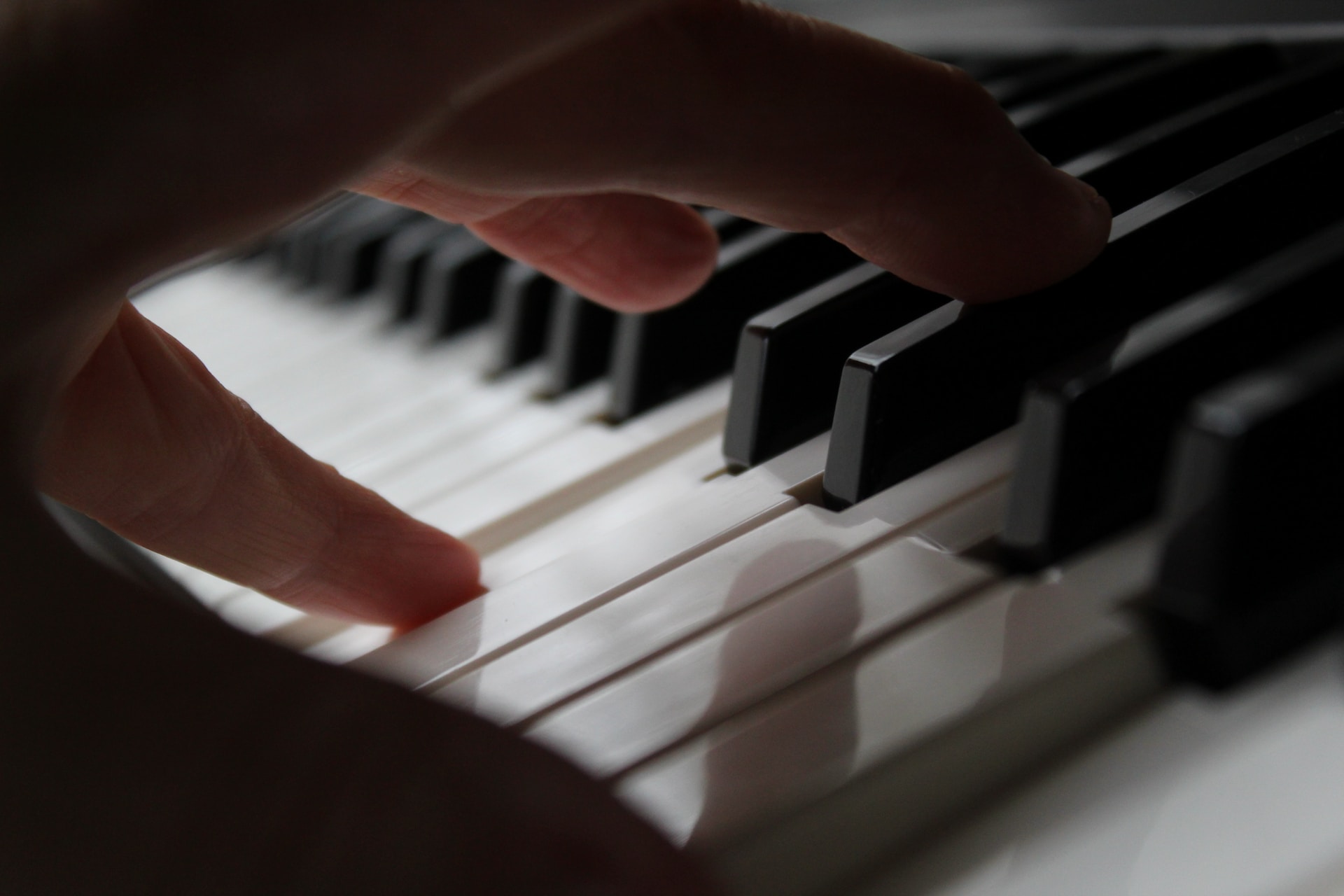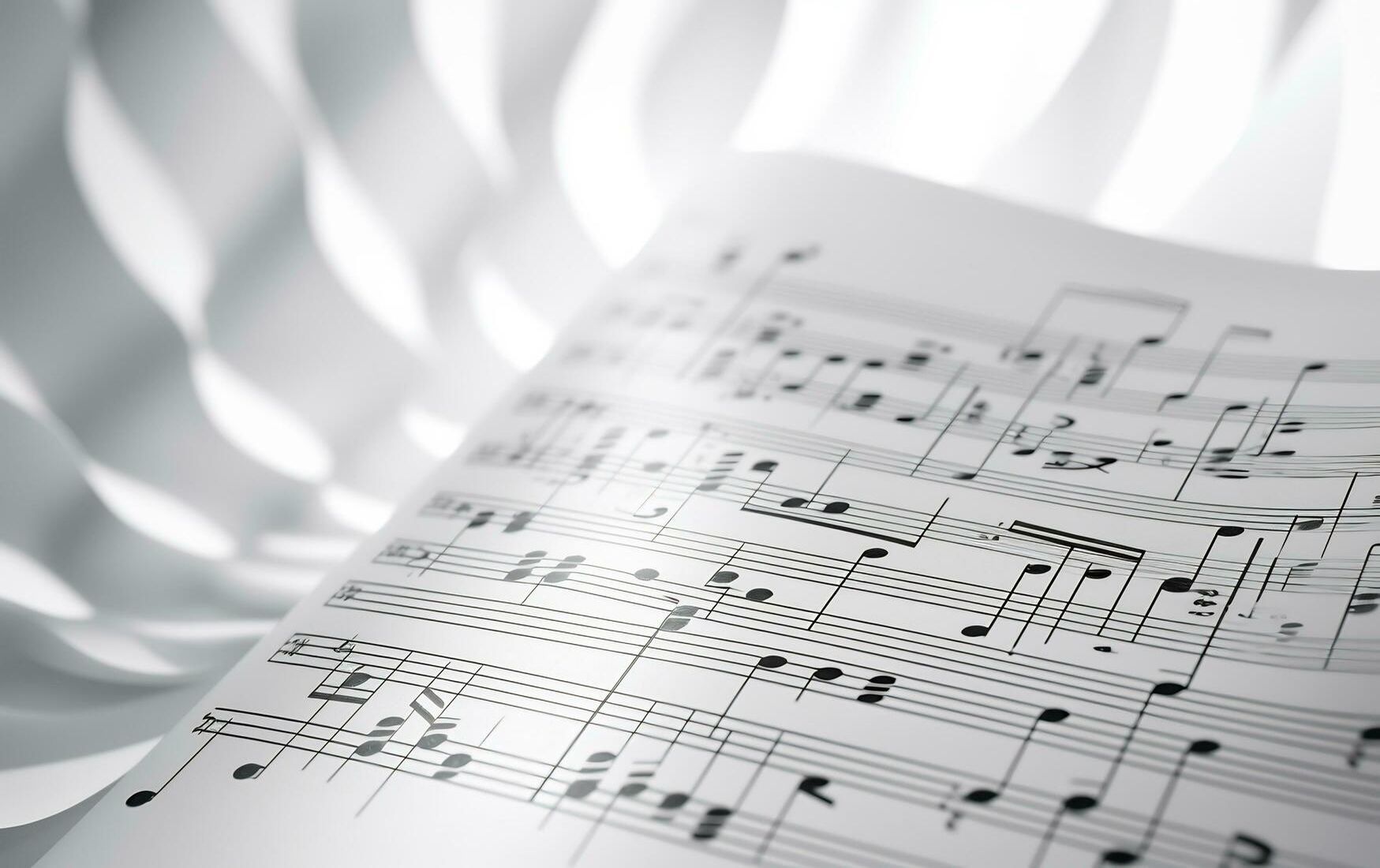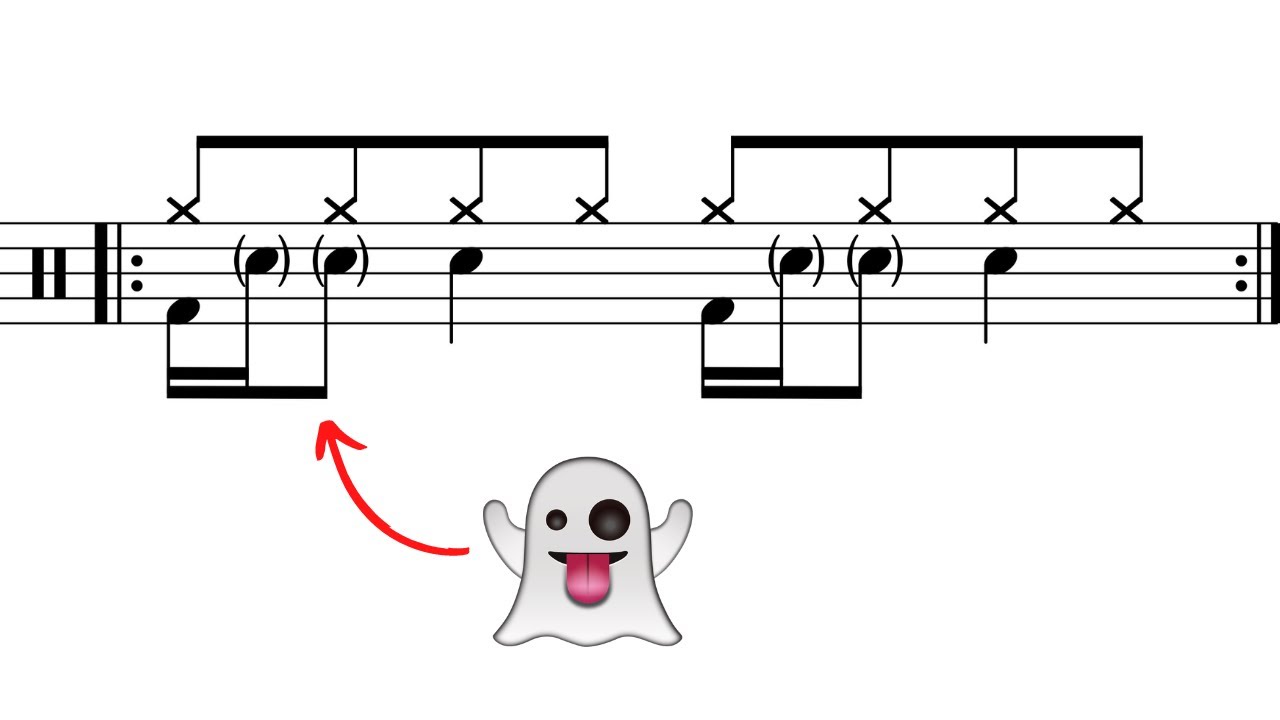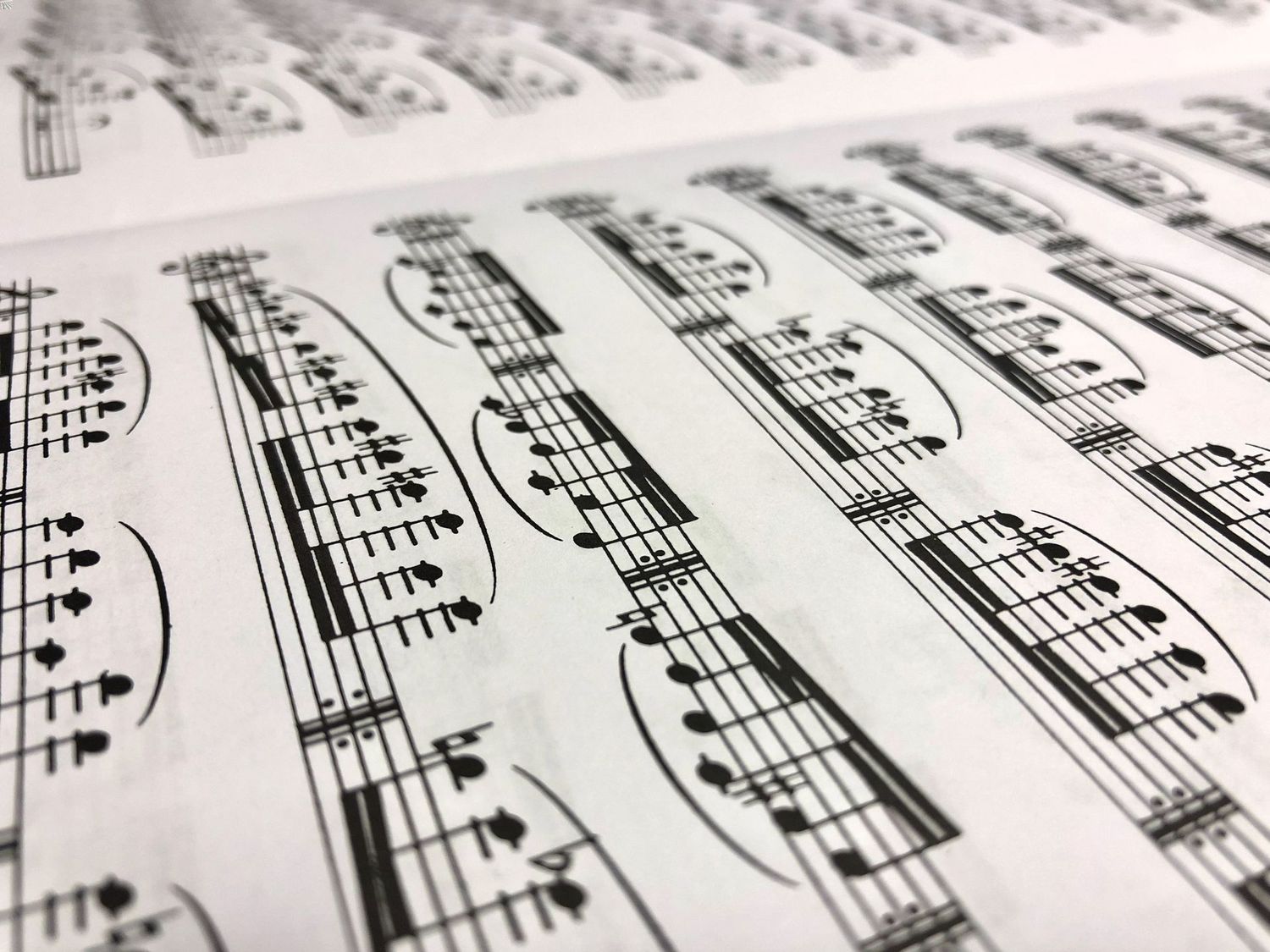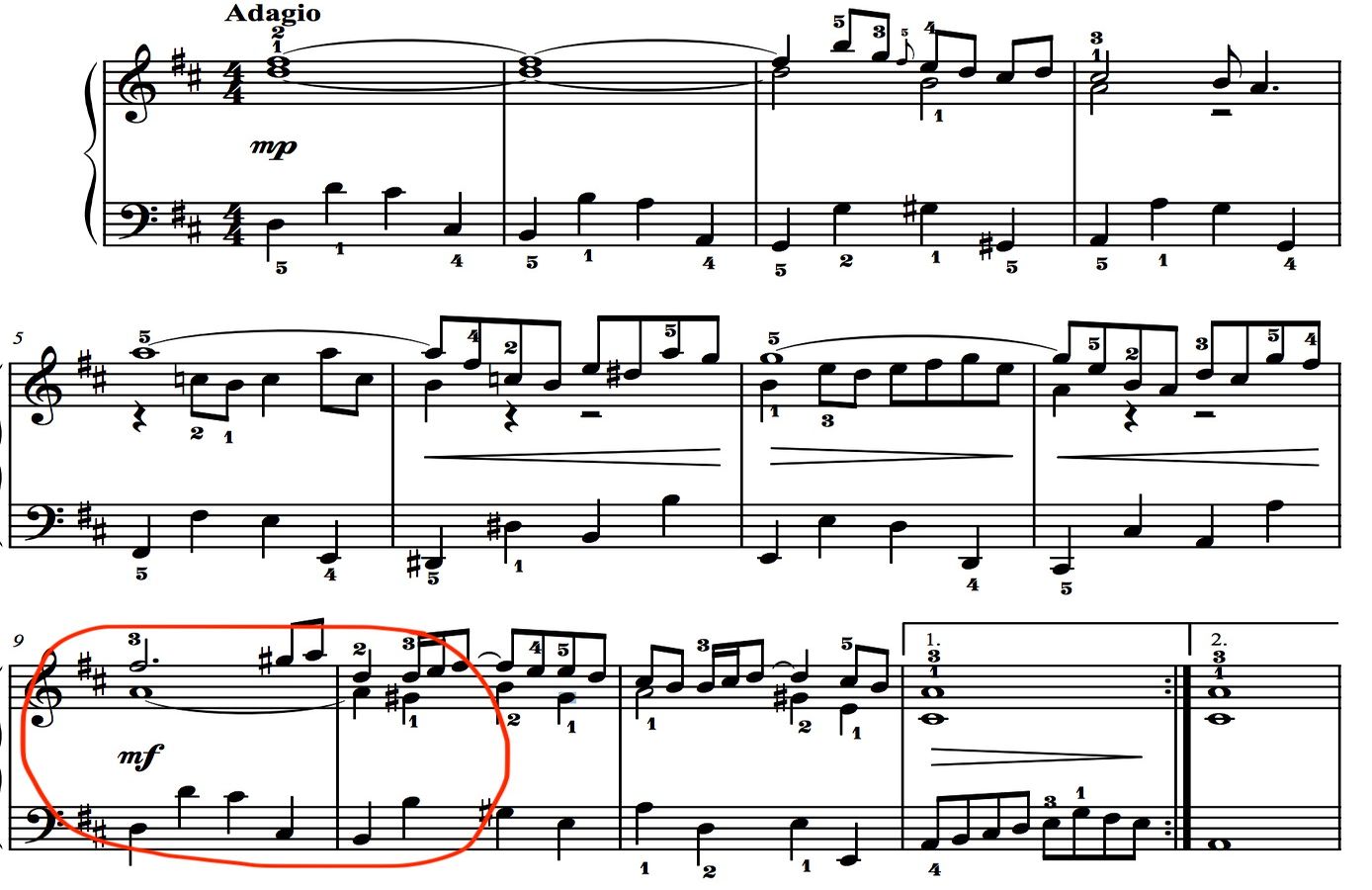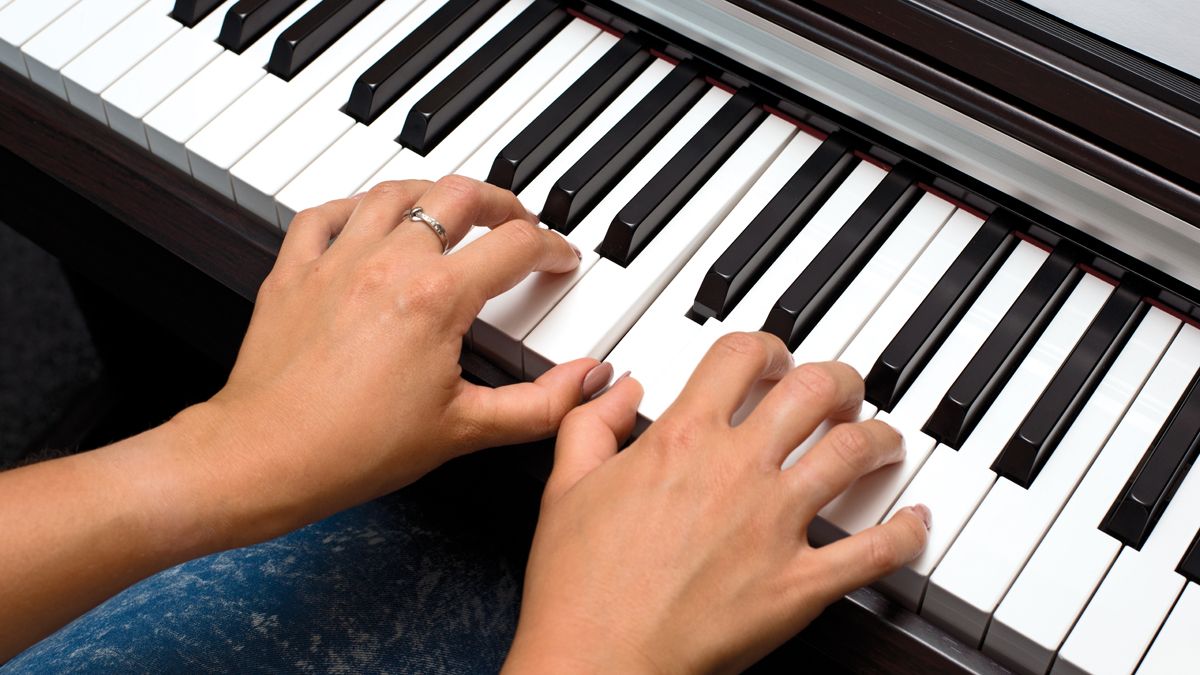Home>Instruments>Piano>What Is The Lowest Note On A Piano


Piano
What Is The Lowest Note On A Piano
Published: February 10, 2024
Discover the lowest note on a piano and learn about its significance in music. Explore the range and capabilities of the piano. Find out more!
(Many of the links in this article redirect to a specific reviewed product. Your purchase of these products through affiliate links helps to generate commission for AudioLover.com, at no extra cost. Learn more)
Table of Contents
Introduction
An Introduction to the Lowest Note on a Piano
When it comes to musical instruments, the piano holds a special place in the hearts of musicians and music enthusiasts alike. Its versatility, dynamic range, and timeless appeal make it a cornerstone of classical compositions, jazz performances, and modern pop music. The piano’s ability to produce a wide spectrum of notes, from the delicate high pitches to the resonant low tones, showcases its remarkable capacity for expression and depth.
One of the most intriguing aspects of the piano is its ability to reach incredibly low notes, captivating audiences with the sheer power and richness of sound. The exploration of the lowest notes on a piano unveils a fascinating journey into the instrument’s mechanics, music theory, and the interplay between physics and artistry. In this article, we will delve into the captivating world of the lowest note on a piano, unraveling the technical and musical intricacies that define this fundamental aspect of the instrument.
Whether you’re a seasoned pianist, an aspiring musician, or simply a curious aficionado of music, understanding the lowest note on a piano offers a deeper appreciation for the instrument’s capabilities. Join us as we embark on a melodic exploration of the piano’s lower register, where the rumbling resonance and profound vibrations pave the way for a truly immersive musical experience.
Anatomy of a Piano
Before we unravel the mysteries of the lowest note on a piano, it’s essential to grasp the intricate anatomy that underpins this majestic instrument. The piano’s structure encompasses a harmonious blend of mechanical precision and acoustic ingenuity, culminating in a symphony of sound with every keystroke.
The keyboard, comprising white and black keys, serves as the primary interface for musicians to articulate their musical expressions. Beneath the keys lies a complex mechanism of hammers, strings, and dampers, meticulously designed to translate the pianist’s intentions into a myriad of resonant notes.
As the pianist depresses a key, the corresponding hammer is propelled to strike the strings within the piano’s body, setting off a cascade of vibrations that reverberate through the instrument. The strings, varying in length and thickness, dictate the pitch of the notes produced, with longer and thicker strings yielding lower frequencies.
The soundboard, a vital component situated beneath the strings, amplifies and disperses the vibrations, infusing the music with warmth and depth. The intricate interplay of these elements forms the foundation of the piano’s sonic identity, shaping the timbre and character of each note.
Understanding the piano’s anatomy provides a holistic perspective on the instrument’s inner workings, shedding light on the mechanisms that enable it to reach astonishingly low notes. This profound comprehension sets the stage for a deeper exploration of the lowest note on a piano, intertwining technical prowess with musical enchantment.
Understanding Piano Notes
At the core of musical comprehension lies the fundamental understanding of piano notes. Each key on the piano keyboard represents a distinct note, encompassing a diverse spectrum of pitches that form the building blocks of melodies and harmonies. The arrangement of keys, spanning from the lowest notes to the highest, mirrors the orchestral range, offering a comprehensive canvas for musical expression.
Piano notes are categorized based on the musical alphabet, comprising the letters A to G, which recur in a cyclical pattern across the keyboard. This cyclical pattern, known as an octave, encompasses seven white keys and five black keys, collectively forming a symmetrical layout that repeats throughout the instrument.
Furthermore, the concept of octaves plays a pivotal role in defining the relationship between notes on the piano. As the pianist progresses from one key to the next, ascending or descending, the frequency of the notes undergoes a twofold increase or decrease, signifying a movement across octaves. This fundamental principle underpins the expansive range of the piano, enabling it to traverse from the soaring heights of treble notes to the resonant depths of bass notes.
Moreover, the piano incorporates the notion of enharmonics, where a single key can produce multiple sounds with distinct names. For instance, the key representing the note C can also generate the sound of B-sharp or D-double flat, showcasing the nuanced interplay between pitch and nomenclature.
By grasping the intricacies of piano notes, musicians gain a profound insight into the instrument’s tonal landscape, unlocking a world of melodic possibilities and harmonic richness. This foundational knowledge forms the bedrock for comprehending the lowest note on a piano, illuminating the interconnected tapestry of musical notation and sonic exploration.
Range of a Piano
The range of a piano encompasses the full spectrum of notes that the instrument can produce, spanning from the lowest resonant frequencies to the highest ethereal pitches. This expansive range enables pianists to traverse across multiple octaves, unleashing a symphony of sound that encapsulates the breadth of human emotions and musical expression.
Typically, a standard piano encompasses 88 keys, providing an extensive range that caters to a diverse array of musical compositions and genres. These keys are strategically arranged to offer a seamless transition from the bass register, characterized by deep, sonorous tones, to the treble register, adorned with shimmering, crystalline notes.
The lower register of the piano, often referred to as the bass range, exudes a commanding presence with its rich, reverberating notes. As the pianist explores this domain, the depths of emotion and gravity are encapsulated within the resounding vibrations, adding a profound layer of resonance to musical compositions.
Conversely, the upper register, known as the treble range, embodies a celestial quality, evoking a sense of lightness and clarity. The ethereal notes that emanate from this domain dance and soar, imbuing melodies with a transcendent allure and delicate intricacy.
Furthermore, the piano’s range extends beyond the audible spectrum, delving into the realm of subsonic and ultrasonic frequencies. The lowest note on a standard piano, which holds a frequency of approximately 27.5 Hz, embodies a visceral, earth-shaking quality that transcends mere auditory perception, resonating deep within the core of the listener’s being.
Understanding the expansive range of a piano unveils a world of sonic possibilities, where the interplay between the lowest and highest notes forms a tapestry of musical expression. This comprehensive understanding sets the stage for unraveling the enigmatic allure of the lowest note on a piano, beckoning us to explore the depths of sonic resonance and artistic revelation.
The Lowest Note on a Piano
Delving into the depths of the piano’s sonic repertoire leads us to the captivating realm of the instrument’s lowest note. The lowest note on a standard piano is an iconic symbol of profound resonance, captivating listeners with its earthy, reverberating presence. This note, scientifically defined as A0, unfolds a sonic tapestry that transcends mere auditory perception, evoking a visceral connection to the very essence of sound.
With a frequency of approximately 27.5 Hz, the lowest note on the piano embodies a seismic quality that resonates with unparalleled depth and gravity. When unleashed, this commanding note permeates the surrounding space, enveloping listeners in a palpable wave of low-frequency vibrations that transcend conventional musical experiences.
As the pianist summons the lowest note, the room is imbued with a resounding presence, akin to the rumbling echoes of distant thunder or the primordial resonance of the earth itself. This profound sonic foundation serves as a cornerstone for compositions, infusing musical arrangements with a sense of gravity and anchoring the entire harmonic structure with its profound resonance.
Moreover, the lowest note on the piano serves as a testament to the instrument’s remarkable capacity to traverse the depths of the sonic spectrum, offering a sonic anchor that grounds the entire musical landscape. It forms a symbiotic relationship with the higher registers, creating a seamless continuum that spans from the lowest depths to the loftiest heights of musical expression.
Exploring the lowest note on a piano unveils a captivating intersection of physics, artistry, and emotional resonance. It invites us to embark on a sonic odyssey, where the profound vibrations of the lowest note transcend mere auditory perception, resonating with the very essence of human experience.
Conclusion
In conclusion, the lowest note on a piano embodies a profound testament to the instrument’s unparalleled sonic capabilities and the intricate interplay between music, physics, and human emotion. As we journeyed through the captivating world of the piano, we unraveled the instrument’s intricate anatomy, delved into the fundamental understanding of piano notes, and explored the expansive range that spans from the resonant depths to the ethereal heights of musical expression.
The exploration of the lowest note on a piano unveiled a seismic resonance that transcends mere auditory perception, evoking a visceral connection to the very essence of sound. With its commanding presence and profound depth, the lowest note serves as a sonic anchor, grounding musical compositions with its earthy, reverberating allure.
Moreover, the lowest note on the piano beckons us to embark on a melodic odyssey, where the profound vibrations transcend conventional musical experiences, resonating with the very core of human emotion. It forms an integral part of the piano’s sonic identity, shaping the tonal landscape and infusing compositions with a sense of gravity and depth.
As we reflect on the captivating journey through the piano’s sonic repertoire, from the lowest resonant frequencies to the highest ethereal pitches, we are reminded of the instrument’s timeless allure and its ability to evoke a myriad of emotions through its rich and diverse range. The lowest note on a piano stands as a testament to the instrument’s enduring legacy, captivating audiences with its seismic resonance and profound depth, and inviting musicians and enthusiasts alike to explore the boundless horizons of musical expression.


